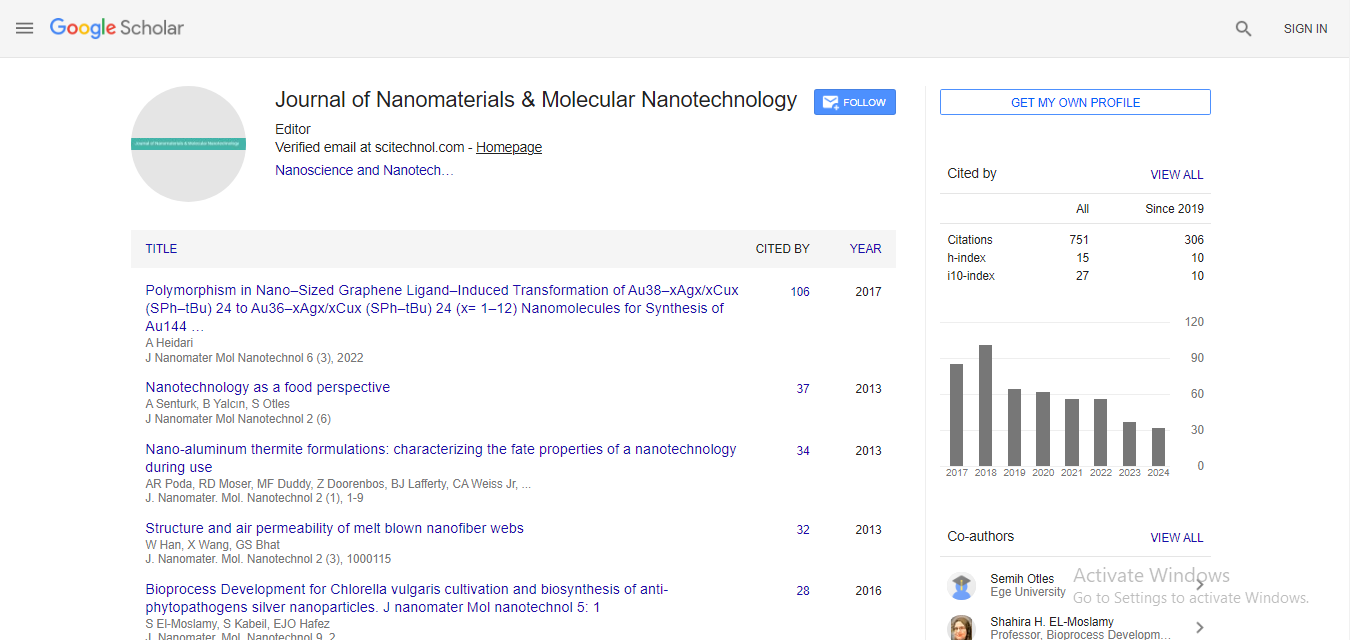Ordered non-covalent functionalization of graphene by controlled formation of 2D supramolecular self-assemblies at the graphene surface forming hybrid vdW heterostructures
J X Lian, M Gobbi, S Bonacci, E Orgiu, G D’Avino, P Samori, D Beljonne and Y Olivier
University of Mons, Belgium
Université de Strasbourg, France
: J Nanomater Mol Nanotechnol
Abstract
The rise of graphene and related 2D materials makes possible the formation of heterostructures held together by weak interplanar van der Waals (vdW) interactions. Periodic potentials naturally occur at the interface, which can significantly change the electronic structure of the individual materials within the stack, thus offering the possibility to build up novel structures with unique properties. Unfortunately, it is quite hard to precisely control the periodic potential in these structures since they are essentially determined by the lattice mismatch between the different materials. Also, the fabrication of such inorganic vdW heterostructures is quite demanding in terms of technical efforts and costs. In this context, combining different molecular functionalities in a same graphene heterostructure is highly attractive for several reasons. First, graphene can be doped with a variety of molecules, which can act as nanoscopic potentials and locally modify graphene electronic structure. Secondly, crystalline structures with 2D architecture can be formed with a collection of molecules capable of physisorbing on graphene and other 2D materials. In this regard, self-assembly of linear alkyl chains is particularly interesting. As a matter of fact, it is now well established that long alkane chains, and related functionalized molecules physisorb on graphite surface, generating highly ordered 2D patterns. Besides, periodic modulation with different geometries are predicted to affect the electronic band structure of graphene in very different ways. Namely, an anisotropic propagation of the charge carriers is predicted for graphene sheet in which a 1D potential is applied. Here, we explore the 1D modulation of graphene properties that is programmed with atomic precision via the exploitation of self-assembled monolayers driven by linear alkyl chains, generating well-organized supramolecular architectures at the graphene surface.
 Spanish
Spanish  Chinese
Chinese  Russian
Russian  German
German  French
French  Japanese
Japanese  Portuguese
Portuguese  Hindi
Hindi 



